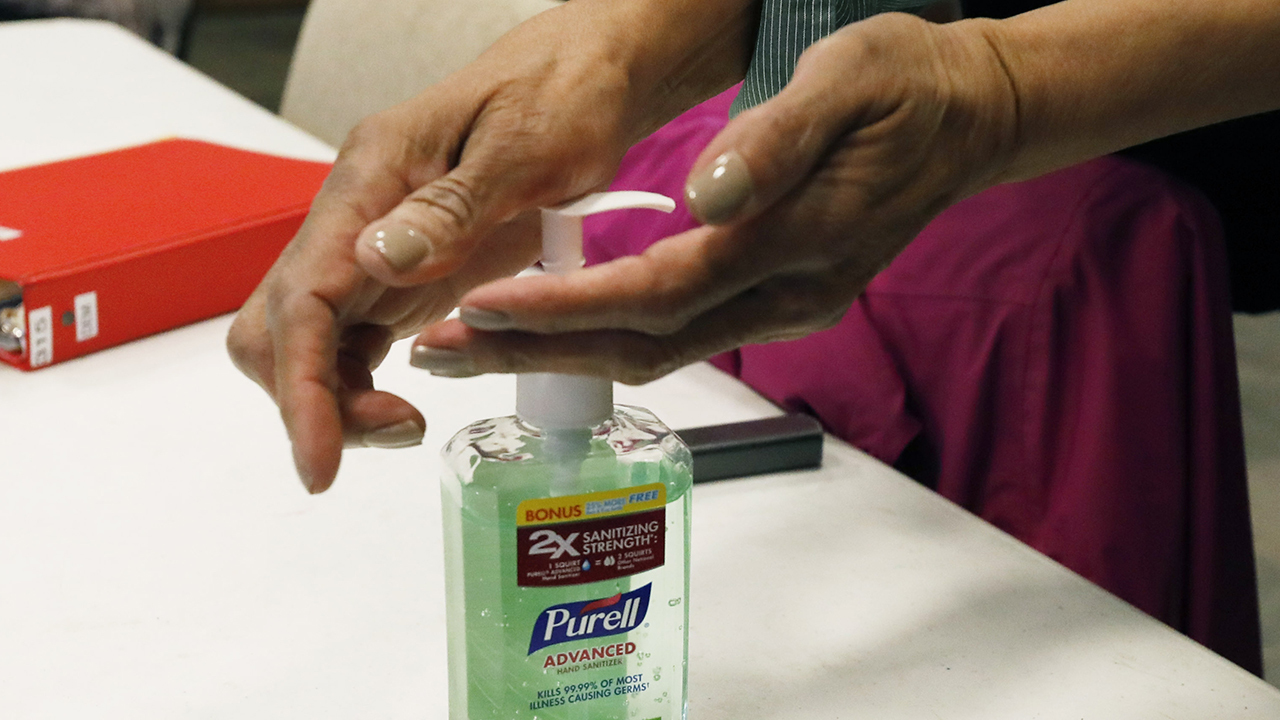[ad_1]
There are more than 1,600 cases of COVID-19 in the U.S., but so far the virus has largely spared children, which is puzzling as they are typically among the most vulnerable when it comes to seasonal illnesses like the flu or other coronaviruses. One pediatrician said it could be their frequent exposure to these seasonal illnesses that is actually protecting them from COVID-19.
TIPS ON TALKING CORONAVIRUS WITH YOUR KIDS
“No one is certain why this is happening, but the likely reason is that every winter season there are several non-COVID-19 coronaviruses circulating that children are highly prone to catching,” Dr. Peter Jung, a pediatrician, told Fox News. “Their frequent exposure to these other coronaviruses likely offers them some level of immunity that adults may not have. There are probably other contributing factors but this is likely the biggest one.”
MAYO CLINIC DEVELOPS CORONAVIRUS TEST TO ‘HELP EASE SOME OF THE BURDEN’ ON CDC, STATE LABS
Elderly people and those with chronic illnesses or underlying health issues are so far the patients most at risk of developing complications from COVID-19, as a majority of the deaths that have occurred in the U.S. involve this population. Jung said it’s important to remember that while children may not be impacted by the virus, they can still act as vectors.
“As there have been no deaths in children under 10, there is likely little risk to children at this time from COVID-19,” Jung said. “The more important factor is that they are likely vectors of transmission. Thus, it is important to consider their contact with grandparents and people in their lives with chronic medical conditions; for the sake of those around them, social distancing and careful personal hygiene are crucial to controlling the spread of the illness and reducing the likelihood of our medical system becoming overwhelmed with COVID-19 cases.”
QUESTIONS ABOUT CORONAVIRUS? ASK AN EXPERT
If your child does begin exhibiting symptoms such as fever, cough or shortness of breath, it’s important to get them seen by a health care provider. However, these symptoms in a child could also be signs of another illness, such as the flu, and it’s possible your pediatrician may administer a test to rule it out.
“Testing for the flu may be wise as it is unlikely that you have both COVID-19 and influenza at the same time,” Jung said. “If the flu test is positive then it effectively rules out COVID-19 – but not absolutely.”
Avoiding public places where a large number of people gather and touch surfaces is also a good idea, Jung said, pending further instruction from health officials. Practicing social distancing is also key in slowing down the spread of COVID-19, Jung said, and while schools have been closed it’s important to limit social interaction during this outbreak.
CLICK HERE FOR COMPLETE CORONAVIRUS COVERAGE
“The better we practice this, the sooner we can gain a foothold on this pandemic,” Jung said. “The general rule of thumb should be limit all social interaction as much as possible. Realistically we are social creatures so people are going to meet, and should this happen the smaller the group the better.”
[ad_2]
Source link

